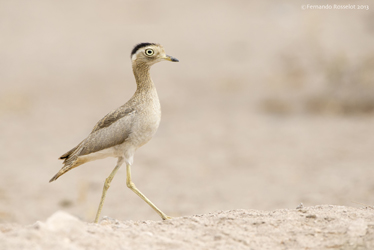Monitoring long-term trends in population size is important for species' conservation assessments. However, it may be unfeasible for rare species, for which past records are typically sparse. In this study, the potential of birding trip reports as an underappreciated source of biological information to monitor rare species was investigated. For this purpose, the Peruvian thick-knee, a cryptic gregarious species, was used as an example to assess population trends over 2000?2010, using flock size dynamics as a proxy. All observations of thick-knees that could be accessed from trip reports across the entire geographic range of the species were collected. Overall, this search yielded 218 records of 2403 individuals, of which 73.9% were fully useable for this study. Mean flock size declined slightly over the study period in Lima (Central Peru), whereas in Tarapacá (North Chile), it increased at the beginning of the decade and then decreased nearly 90% until the end of the study period. This suggests that, at least at the southernmost part of the distribution range of the thick-knee, the magnitude and speed of the change in population size could be sufficient to qualify for a threatened category. Compared to other sources, nature trip reports seem a promising data source for monitoring rare species, since sightings of sought-after species are increasingly posted online as a form of tourist attraction. This study highlights the great utility that trip reports freely available online may have to provide retrospective data on rare species that would otherwise be impossible to collect. Nonetheless, they might not be universally valid due to species-specific differences and possible lack of non detection records. Potential biases due to varying sampling effort or detectability should also be carefully considered. information[at]ebd.csic.es: Camacho (2016) Birding trip reports as a data source for monitoring rare species. Anim Conserv DOI:10.1111/acv.12258
http://onlinelibrary.wiley.com/doi/10.1111/acv.12258/abstract

 Las altas temperaturas están provocando que las lagunas y las marismas de Doñana pierdan agua rápidamente
Las altas temperaturas están provocando que las lagunas y las marismas de Doñana pierdan agua rápidamente




